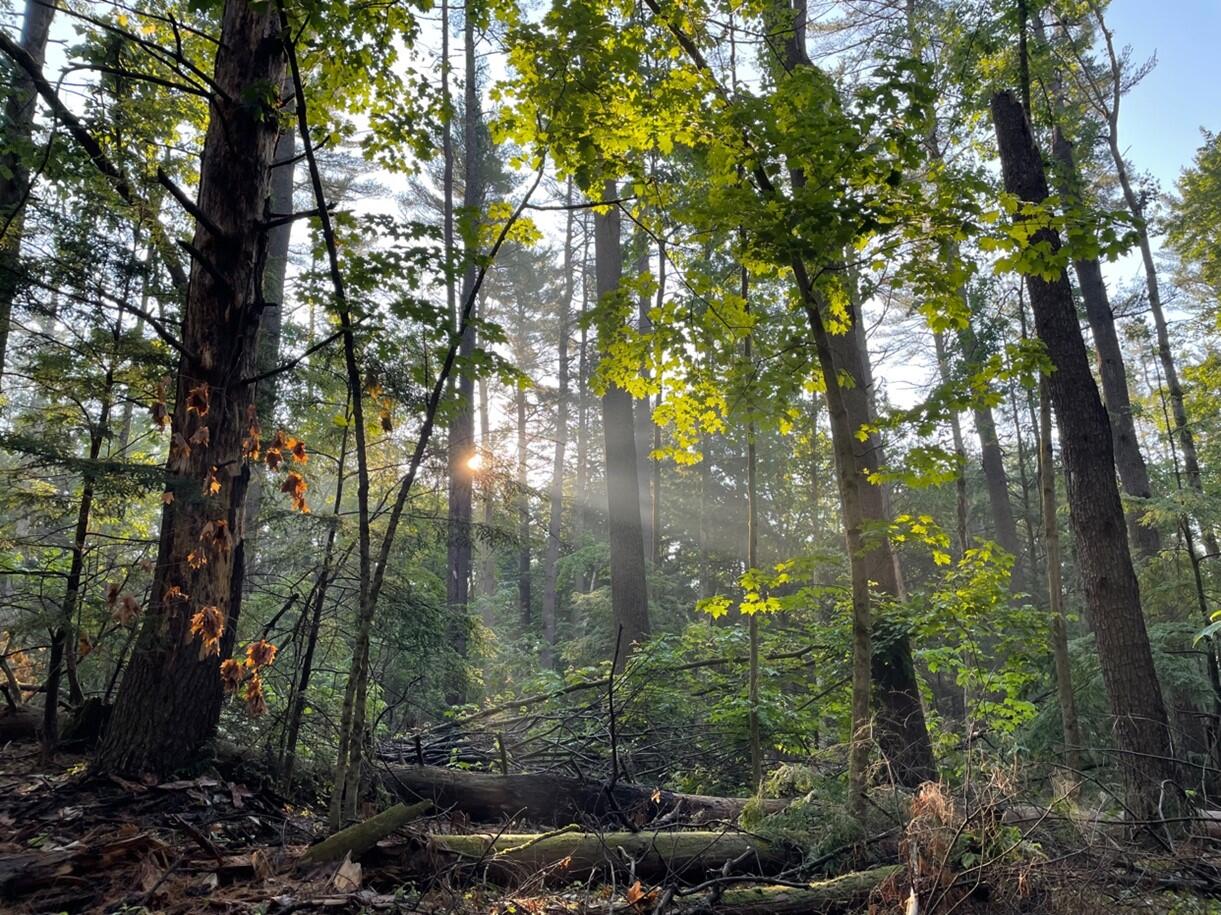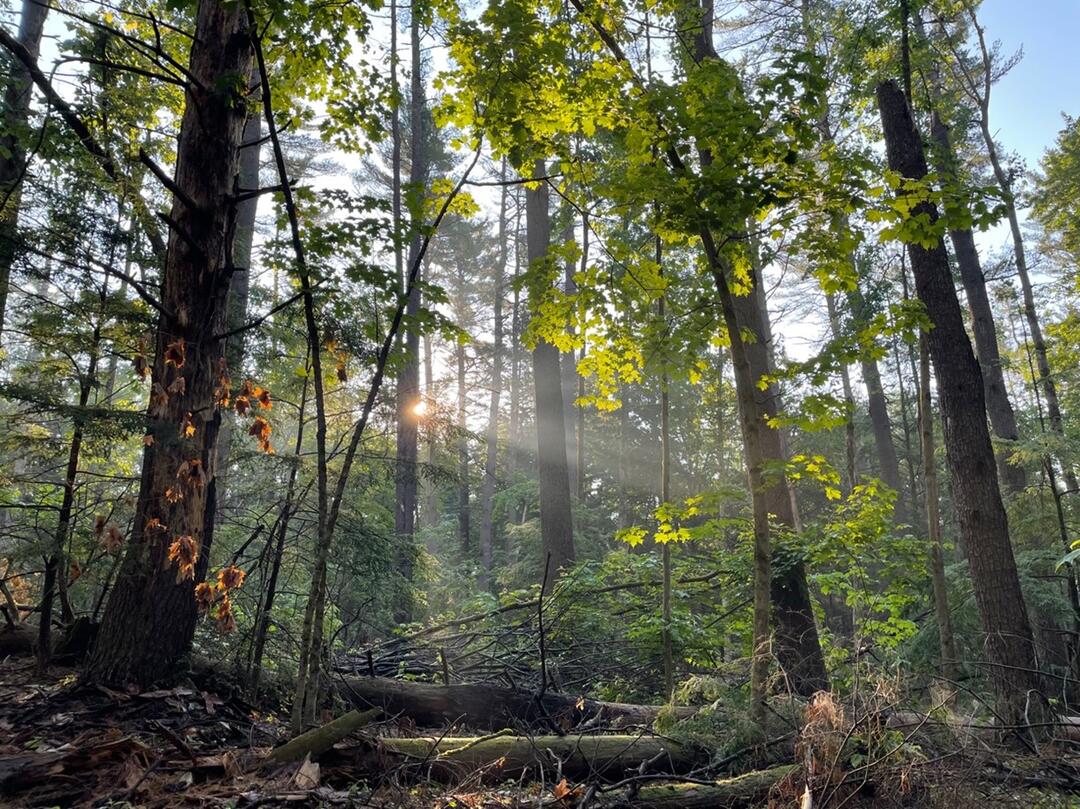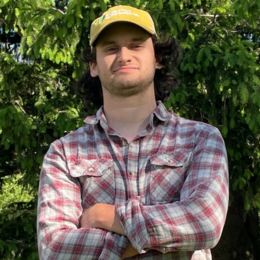There’s no better way to start your morning than by watching a forest wake up. The way-too-early alarm, sleepy drive, and trudge into the dark woods all seem to fade away when the sky begins to lighten and the earliest songs emerge from all around you. The fluid notes of the Red-eyed Vireo, echoing chant of the Ovenbird, and ethereal chime of the Hermit Thrush help usher in the chorus of thousands of little heartbeats taking part in their daily dance for survival.
In these moments, it’s easy to take what you see and hear for granted. The birds singing around you feel infinite and the trees seem to never end. Still, Vermont and its forests are not exempt from the impacts of climate change. While I was fortunate enough to experience these magical moments several times while interning with Audubon Vermont this past summer, it is not a given that future generations will be able to experience the same.
Through conducting point counts, creating descriptive landscape maps for landowners, and meeting directly with these landowners on their properties, my internship gave me the opportunity to participate in some of the many ways Audubon Vermont works to promote healthy, sustainable forests and bird communities throughout the state that can be appreciated by all for generations to come.
It’s important to look back in time to truly understand why the bird-friendly forestry work done by Audubon Vermont is so important to protecting the future of forests, birds, and other wildlife in and around Vermont. Several centuries ago, the state was mostly forested. However, the forests of that era were much different than those you see when outside your window. They were old-growth forests or, in other words, forests that developed largely untouched over thousands of years. What made them so biologically important was the forest diversity that came with time.
When European settlement became more prevalent in the 18th and 19th centuries, most of the state’s land was converted to agriculture. While much of these fields have grown back as forest within the last century, these new forests typically lack the species and structural diversity that has not had enough time to develop naturally. These more basic forest conditions often carry a slew of ecological issues including reduced habitat diversity for birds and other wildlife and greater vulnerability to changing environmental conditions. This is where Audubon Vermont comes in. Active forest management can help replicate these old-growth characteristics, and through our Woods Wildlife and Warblers program, we aim to educate Vermont residents on these principles and how they can help improve forest health on their own lands.
As part of my work with the Woods Wildlife and Warblers program I had the opportunity to meet with landowners across the state, walk their lands with them, and talk them through our forestry principles as well as listen to their thoughts, concerns, and hopes for their forests. Local foresters often joined us on visits to provide their own insight, especially if landowners had plans for future land management work. Following visits, landowners receive full reports detailing forest quality, bird habitat quality, land cover, and numerous other figures intended to educate and inform them on their properties.
While I undoubtedly had a lot of fun walking around the woods and talking about birds with people, these visits also became an awesome learning experience for me. I was able to practice communicating science, which I now know to be integral to creating change. Some of this practice included small things, like deciding whether landowners would appreciate my terrible bird call impressions. Understanding one's audience is essential to communicating effectively, and I value all the experience I received. I also relished listening to landowners’ stories and perspectives about their properties. In many cases the lands we walked on had been owned and managed by families for several generations; many had hopes to continue this tradition with their children and grandchildren. My work felt much more impactful knowing how important these forests were to the identity of the people who managed them.
Working with Audubon Vermont has been an incredibly rewarding experience, through both the lessons I’ve learned and the people I’ve been able to meet. Large-scale environmental issues such as Vermont forest health can often feel overwhelming, but it fills me with hope reflecting on all the amazing people who have taken the time to meet with us and educate themselves on how they can improve their land for the birds, trees, and most importantly, the future generations of Vermonters. In a state where over 80% of forests are owned and managed by private landowners (VT ANR), I’m optimistic that our feathery friends seem to be in good hands with so many looking out for them.







